#countess of harewood
Text
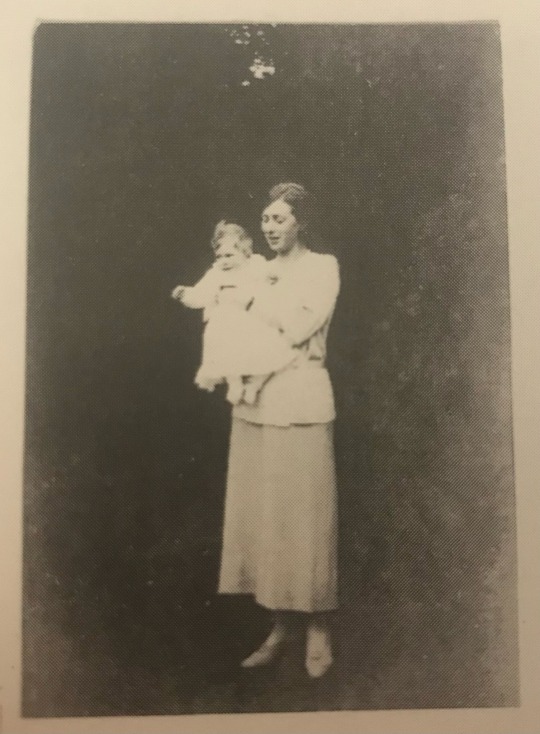
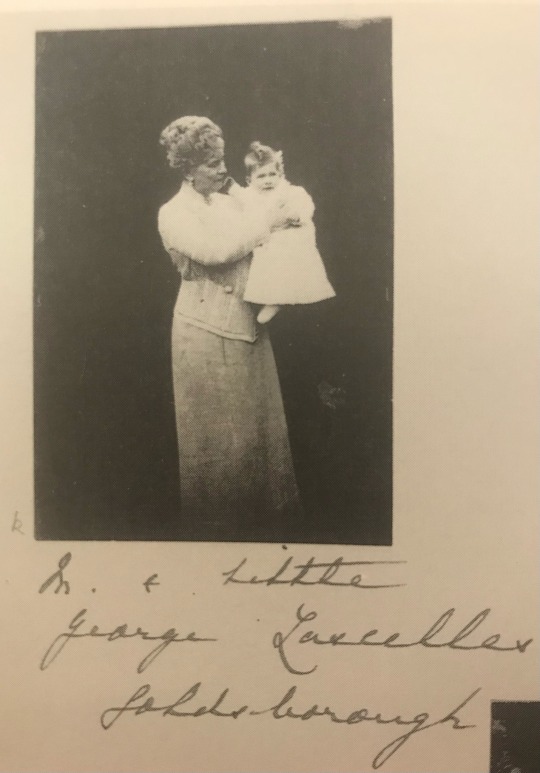

Extract from Queen Mary’s photo album showing Princess Mary with her infant son George Lascelles! And, of course, one with Grannie too!
#brf#british royal family#queen mary#george v#mary of teck#may of teck#queen mary of teck#mary princess royal#countess of harewood#princess mary#earl of harewood#George Lascelles#7th Earl of Harewood#princess mary princess royal#princess mary countess of harewood
86 notes
·
View notes
Photo
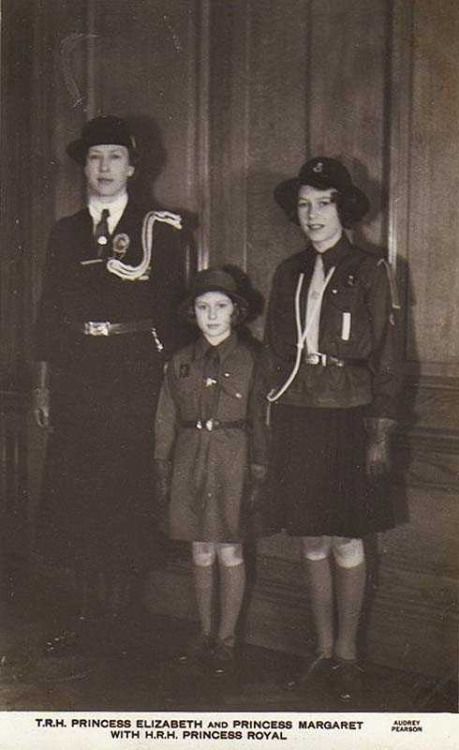
77 notes
·
View notes
Text
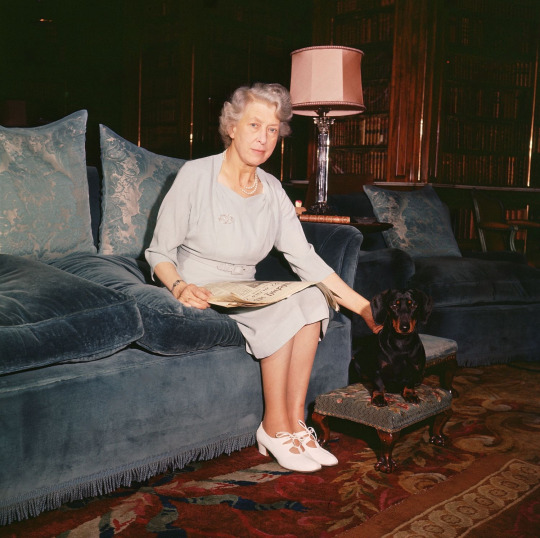
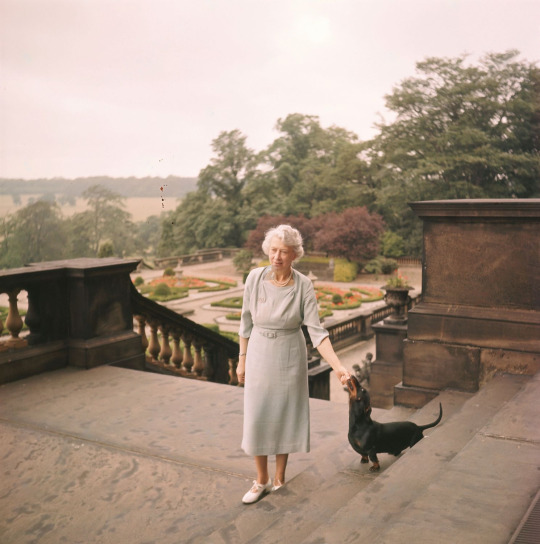
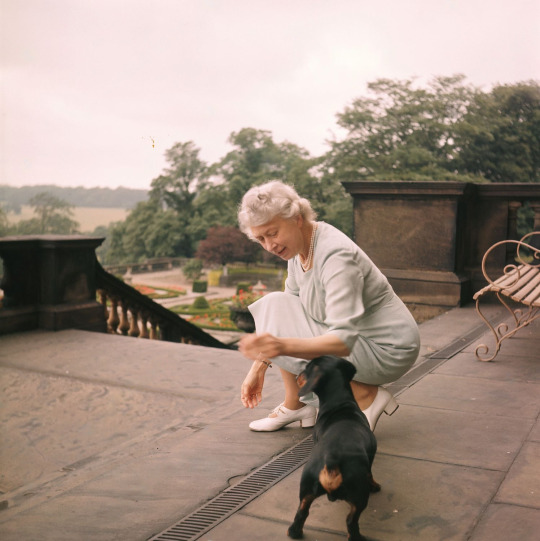
c. 1960s
Princess Mary, Princess Royal and Countess of Harewood
© George Konig
#i bet people who don't know mary and sees this would think this was queen liz#uncanny#princess mary#mary princess royal#countess of harewood
175 notes
·
View notes
Text
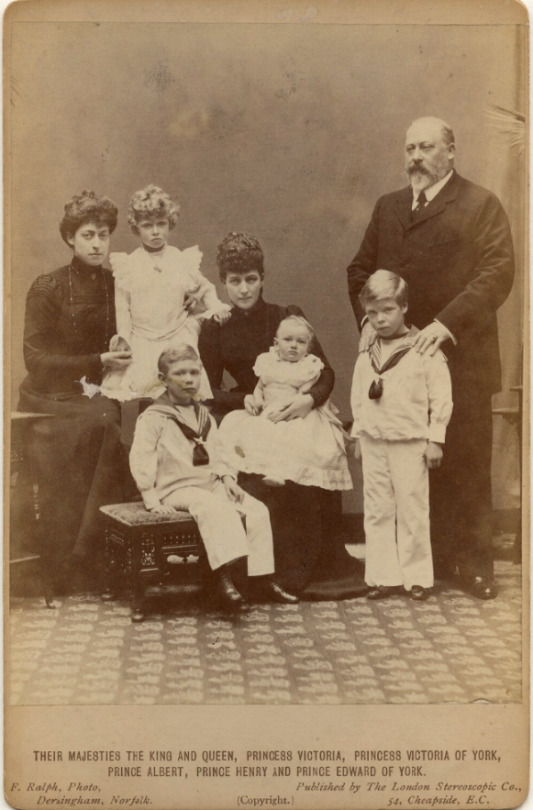

King Edward VII and Queen Alexandra with their daughter Princess Victoria(Toria) and the four children of Duke of York George(later George V), 1901
#king edward vii#edward vii#queen alexandra#king edward viii#edward viii#duke of windsor#george vi#countess of harewood
39 notes
·
View notes
Text
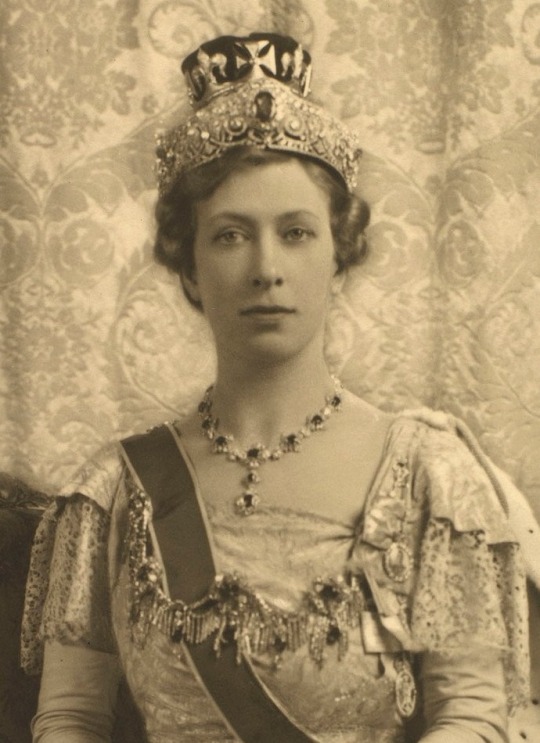
* Coronation Tiaras *
Princess Mary, Princess Royal, Countess of Harewood, wore the Harewood Scroll Tiara for the coronation of King George VI of the United Kingdom at Westminster Abbey on 12 May 1937.
#Coronation Tiaras#Princess Mary#United Kingdom#British Royal Family#tiara#sapphire#Countess of Harewood
112 notes
·
View notes
Text

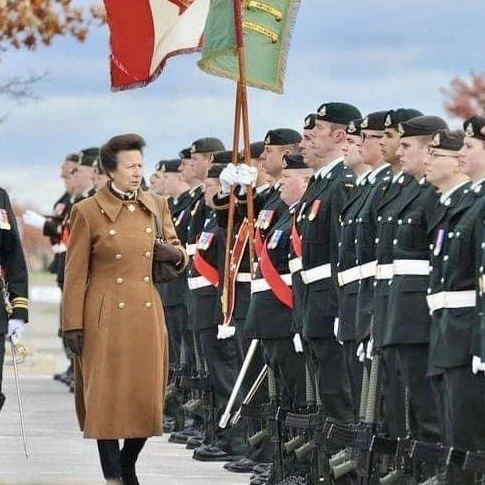
Aunt / Niece
Princess Mary, Princess Royal inspecting troops of the Royal Canadian Corps of Signals in Vancouver, British Columbia on 22nd October 1955. She was Colonel in Chief of the Corps from 1935 until her death in 1965.
Princess Anne, The Princess Royal inspecting the guard honour in Barrie, Ontario on 22nd October 2013. She has been the Colonel-in-Chief of the Canadian Corps of Signals since 1977.
32 notes
·
View notes
Text

The Princess Royal, The Queen Mother, and Queen Elizabeth II at the 1953 Royal Ascot
#princess mary#princess royal#countess of harewood#queen mother#queen elizabeth the queen mother#queen elizabeth#elizabeth ii#queen elizabeth ii#1950s#royal ascot#vintage#brf
39 notes
·
View notes
Text
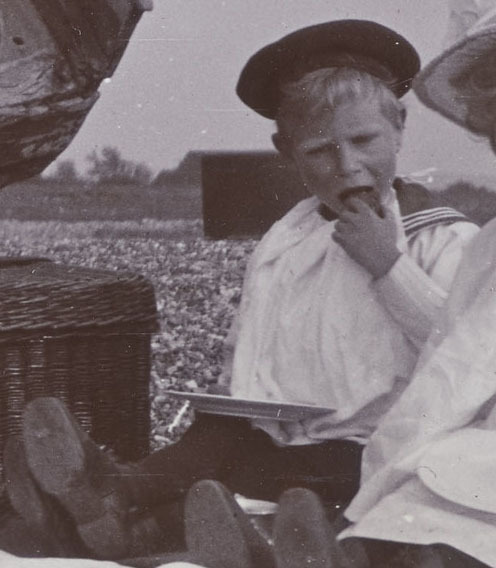
Bertie enjoying a picnic lunch!
Look at this l'il cutie sailor taking a big bite of cake (well, I hope it is cake!) <3
'Prince Albert the nurse frankly ignored to a degree which amounted virtually to neglect. So completely did she disregard his wants and comforts that he was frequently given his afternoon bottle while driving in a C-sprung Victoria [a doorless four-wheeled open carriage], a process not dissimilar from a rough Channel crossing -- and with corresponding results. It is not surprising that the baby developed chronic stomach trouble, which may well have laid the foundation for the gastric complaint from which he was later to suffer so acutely.'
Excerpt from King George VI, His Life and Reign, by John W. Wheeler-Bennett, 1958.
After poor Bertie went hungry and felt queasy for the first couple of years of his life, seeing photos of him (and his siblings) being able to eat lots of yummy food is just so precious :)
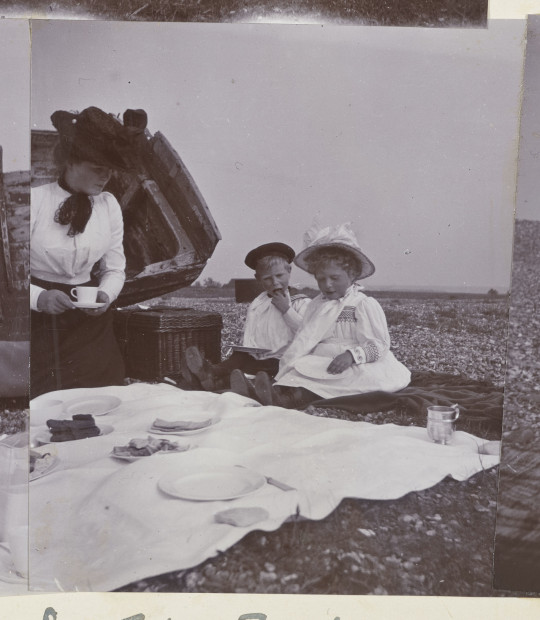
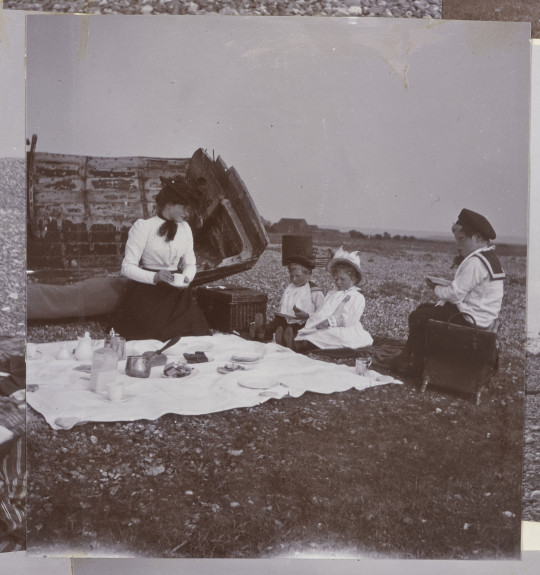
Prince Albert, Princess Mary, and (last photo) Prince Edward possibly with their --much loved & devoted-- new nanny Charlotte 'Lala' Bill. Snettisham Beach, Norfolk, c. 1901.
Photos courtesy of Royal Collections Trust.
#precious dumpling Bertie#bertie eating#prince albert duke of york#king george vi#god save the king#the british royal family#king bertie#the british monarchy#the monarchy#george vi#the royal family#albert duke of york#the kings speech#snettisham#norfolk#prince edward duke of windsor#king edward viii#princess mary#countess of harewood
43 notes
·
View notes
Photo
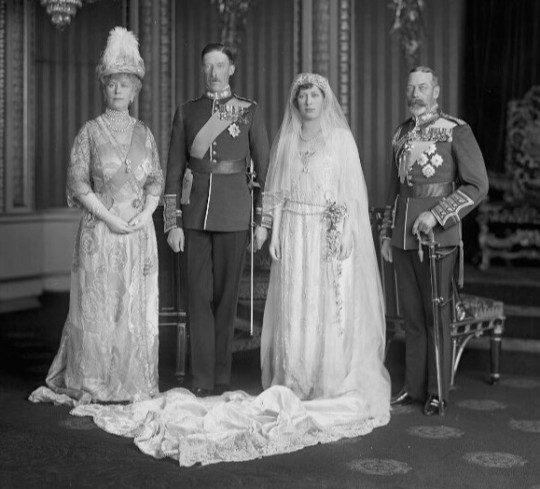
Princess Mary, The Princess Royal and The Countess of Harewood || William Wallace Terry of Reville
37 notes
·
View notes
Text
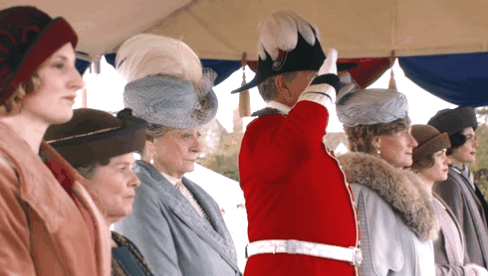

The Crawley Family (ft. Queen Mary and Mary, Princess Royal and Viscountess Lascelles) || Downton Abbey: The Movie (2019)
#queen mary#queen mary of teck#princess mary#countess of harewood#robert crawley#lord grantham#cora crawley#lady grantham#violet crawley#edith crawley#bertie pelham#maud bagshaw#downtonabbeyedit#downtonedit#perioddramasource#perioddramacentral#perioddramagif#perioddramaedit#periodedit#gifshistorical#weloveperioddrama#onlyperioddramas#cinemapix#tvfilmsource#downton abbey#my post#*edits
63 notes
·
View notes
Text
they are sooo similar!!
#princess anne#princessanne#princessroyal#princessmary#countess of harewood#british royal family#royal family
5 notes
·
View notes
Note
Is it true that George V and Queen Mary didn't think about their only daughter as she was overshadowed by her male siblings?
Hi!
Not at all! In fact Mary was often thought to be her fathers favourite! And in later life she was most likely her mothers too (as they spent a great deal of time together as both were widows).
Hope this helps! ❤️
#brf#british royal family#queen mary#mary of teck#george v#king george v#queen mary of teck#Princess Mary#princess mary princess royal#countess of Harewood#princess mary countess of harewood#mary countess of hardwood
4 notes
·
View notes
Photo
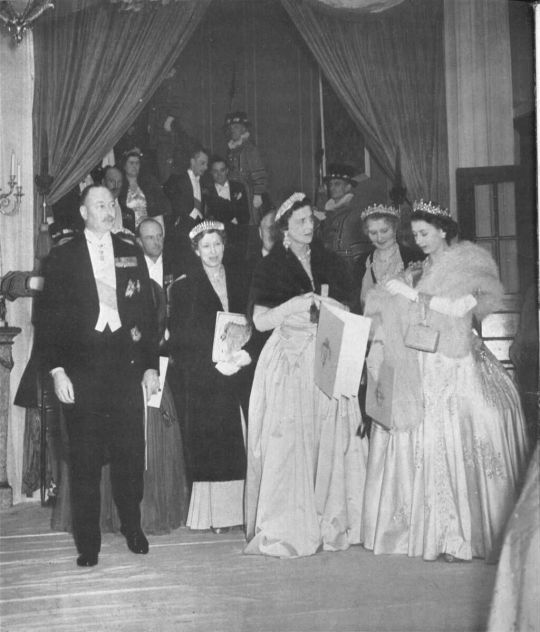
55 notes
·
View notes
Text
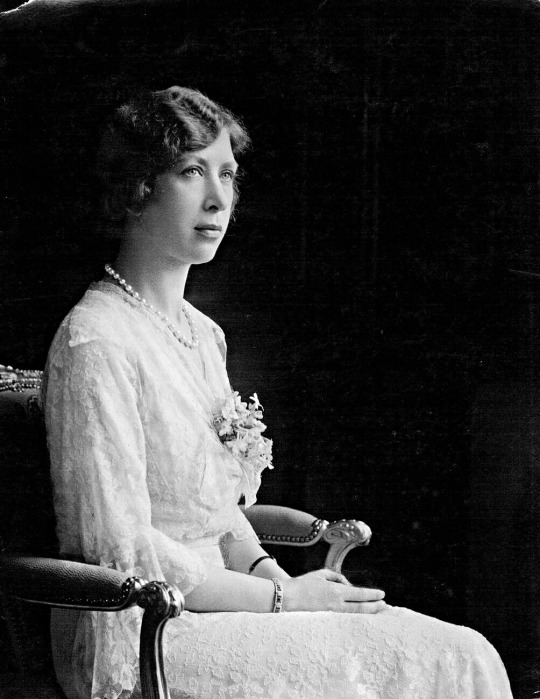
28 November 1934
HRH The Princess Royal
67 notes
·
View notes
Text
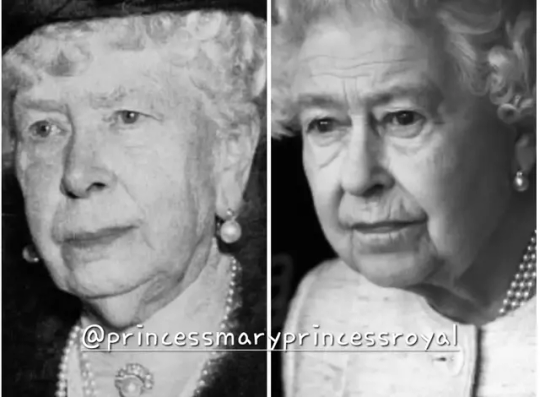
#princess mary#queen#royallookalike#royallookalikes#countess of harewood#duke of windsor#queen mary#queen elizabeth ii
0 notes
Photo
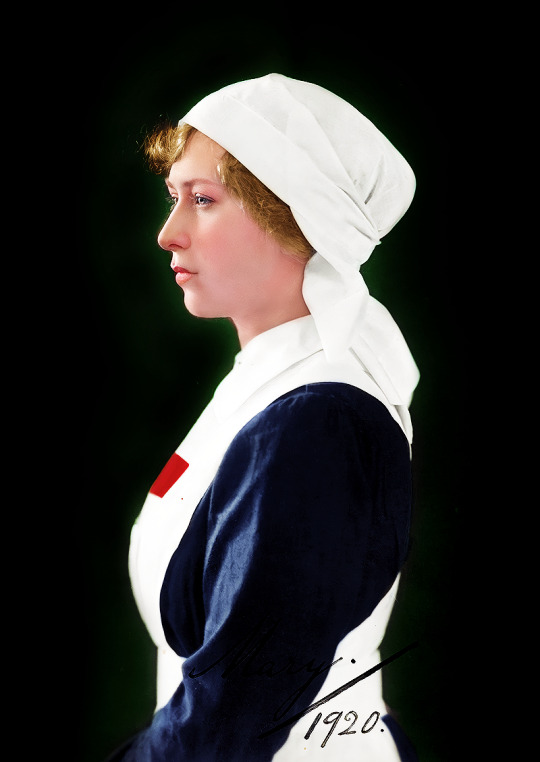
Princess Mary, Princess Royal, Countess of Harewood in her nursing uniform, 1920.
#Princess Mary#Princess Mary of the united kingdom#Princess Mary princess royal#princess royal#princess mary countess of harewood#1920#1920s#Red Cross#british royal family#british royals#British Royalty#digital coloring#colored photography#history colored
125 notes
·
View notes